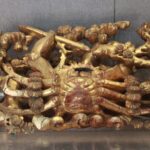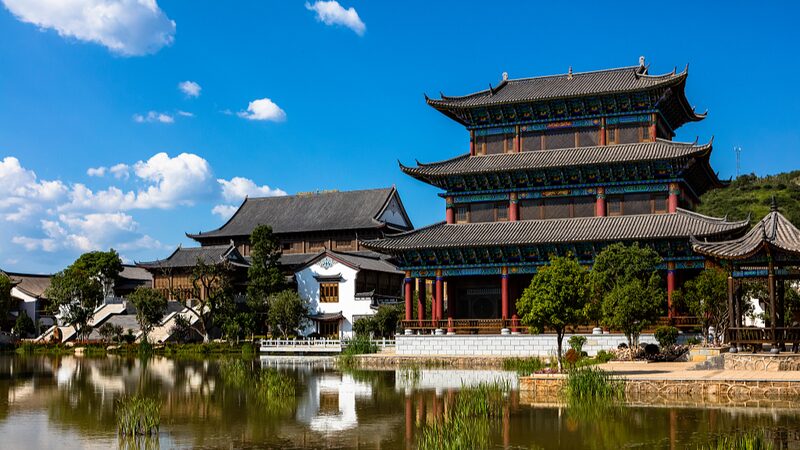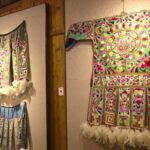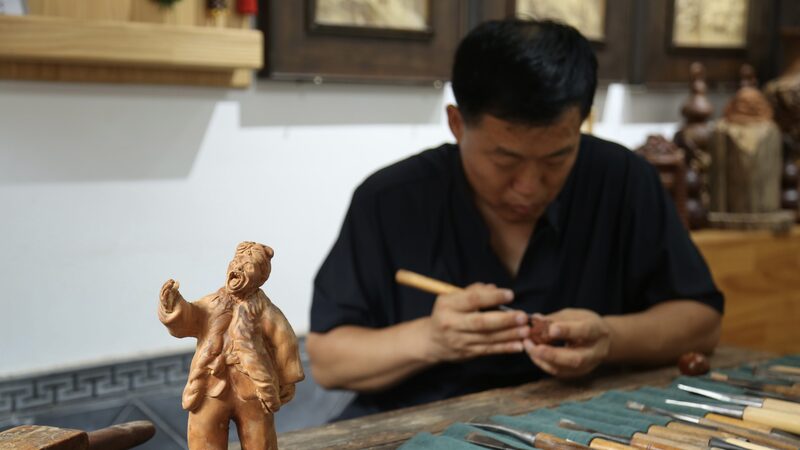In the heart of China’s Huizhou region, wood carvings aren’t just decoration—they’re a living language of history. For generations, artisans like Wang Dehong have turned beams, doorframes, and windows into canvases of cultural storytelling. 🌳✨
Growing up in Hongcun Village, a UNESCO World Heritage Site famed for its Ming-era architecture, Wang spent his childhood marveling at intricate carvings of dragons, flowers, and folklore. At 12, he picked up a chisel for the first time. Now, after 40 years, his hands move with muscle memory, blending ancestral techniques with his own creativity. 'Every carving is a conversation with our ancestors,' he says.
Huizhou-style wood carving, known for its delicate layers and symbolic motifs, reflects themes like prosperity and harmony. But for Wang, it’s more than art—it’s preserving identity. 'Young people today scroll phones; I scroll wood grains,' he jokes. Still, demand grows as travelers and designers seek authentic cultural touches. 🏛️🔍
Beyond aesthetics, these carvings are time capsules. From Hongcun’s misty lanes to global exhibitions, they bridge centuries—and generations. As Wang trains apprentices, he hopes the craft’s soul endures: 'Tradition isn’t static. It’s alive, just like the trees we carve.'
Reference(s):
cgtn.com




